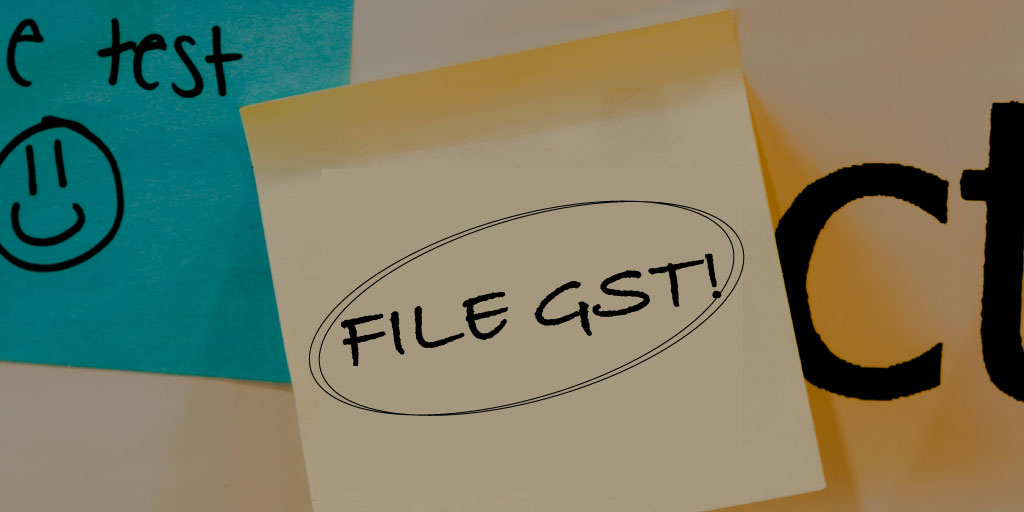Understanding GST: A guide for Kiwi small businesses
- Last Updated : July 2, 2024
- 598 Views
- 4 Min Read

If you live in New Zealand or have travelled to the country, you’ve likely paid GST while going about your everyday life. Goods and Services Tax (GST) was introduced in New Zealand in 1989. Since then, most products and services sold and purchased in the country have been subject to GST. The current rate of GST is 15% in New Zealand, making it one of the highest taxed countries in the OECD. It’s also a large contributor to New Zealand’s GDP.
GST is only applicable for businesses, so if you’re considering starting a business, it’s a good idea to look into GST and make sure you understand your responsibilities. In this post, we’ll break down the basics of GST for New Zealand businesses.
Every business that earns more than $60,000 a year should register for GST. Smaller businesses can do so if they choose to.
How GST works in New Zealand
As a seller, you collect GST from customers for goods and services you sell. When you buy from your suppliers, you pay them GST. At the end of your taxable period, if you’ve collected more GST than you’ve paid, you will need to pay the difference to the Inland Revenue Department. If you’ve paid more than you’ve collected, then the Inland Revenue Department will pay you a GST refund.
When you’re selling, GST is 15% of the unit price of every product or service. If you’re buying and the price includes GST, you can multiply the cost by 3 and then divide by 23 to calculate the exact amount of GST you’ve paid. For any GST-applicable sale or purchase over $50, you should issue or receive an invoice. For sales or purchases below $50, a receipt would suffice. As with the case of all business records, you should retain your invoices and receipts for at least 7 years. You should maintain GST records in Māori or English, unless the Inland Revenue Department approves your maintaining records in a different language.
GST should be charged on:
- Business services such as legal consultation, design work, plumbing, and painting
- Business-related sales or purchases such as office supplies and furniture
- Experiences such as tours and wine tastings
- All imported goods
Some type of goods and services are charged GST at 0%. This means that people can still list those expenses in their GST filing but they won’t necessarily pay a tax for those expenses. Examples include:
- Sale and purchase of land
- Sale and purchase of ongoing concerns, such as a business or any machinery that will continue operating despite a change of ownership
- Goods exported for sale
GST shouldn't be charged on:
- Any sales made by unregistered individuals. GST is only applicable for businesses.
- Sale and purchase of private property
- Rent, interest, mortgage, and other banking or finance payments made or received
- Donations to not-for-profit organisations
GST invoices
Every GST invoice should contain the phrase, ‘tax invoice’, the business' registered or trading name, the seller’s GST number, the date of issue, description of goods and services provided, and the total amount payable. All invoices should always be in New Zealand dollars.
GST-inclusive invoices
If the price is less than $1,000, the invoice should declare that the price includes GST. If the price is over $1,000, the invoice should also include the names and addresses of both parties and an itemised description of the goods or services sold. Additionally, you should either show the GST value, the GST-exclusive price, and GST-inclusive price, or show the GST-inclusive price and declare that GST is included and charged at the standard rate.
GST filing frequency
Also called your taxable period, you can choose one of the following options to file your GST.
Monthly: Every 30-31 days, after you’ve issued all your invoices or have received payment
Two-monthly: Every 60-62 days, after you’ve issued all your invoices or have received payment
If you don’t choose an option, the Inland Revenue Department will choose the two-monthly option by default. You can contact the Department if you wish to change the frequency, and if approved, they’ll update you.
If your overall sales was less than $500,000 in the last 12 months or if you believe that it will be less than $500,000 in the next 12 months, you can choose to file your GST returns every six months, instead.
Adjusting GST in invoices
If you've issued an invoice and the price changes because you or the buyer want to make an adjustment, you can do so by issuing a credit or debit note.
Credit note: If the price decreases after you've issued an invoice, you issue a credit note to the customer. This can happen if you've accidentally overcharged the customer or if the customer decides to return products. It's when the seller owes money to the buyer.
Debit note: If the price increases after you've issued an invoice, you issue a debit note to the customer. This can happen if you've accidentally undercharged the customer or if the customer decides to add purchase products in the same sale. It's when the buyer owes money to the seller.
Parting thoughts
GST is an important consideration in many common business transactions. Understanding how it works can help you make business decisions—from your pricing strategy to your suppliers. If you haven't filed GST before, have a look at this comprehensive guide from the Inland Revenue Department. It outlines what to include and how exactly you can file your claims. If you're unsure if GST applies to any of your business transactions, contact the Inland Revenue Department directly or consider speaking to a tax agent.


